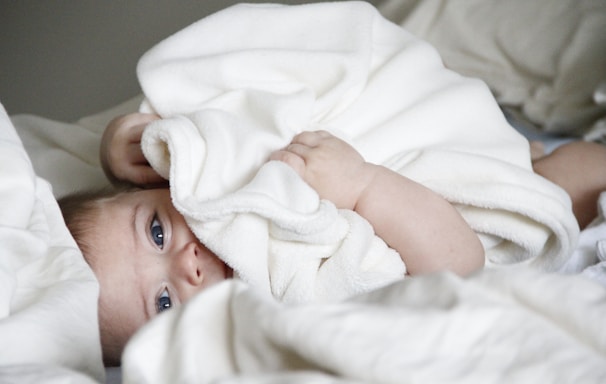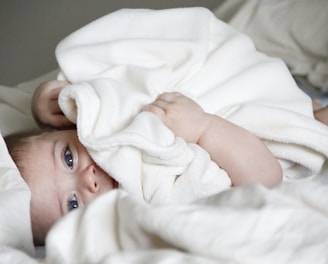VCA
Hand Transplant
Likely the most common type of VCA/reconstructive transplant is a hand transplant. Hands are used in many ways, including writing, typing, carrying one's children, playing musical instruments, holding objects, putting on clothes, bathing, driving a car, etc. They also provide the sensation of touch and they feel temperature. Loss of a hand is most frequently caused by trauma such as motor vehicle accidents, machine crush injury, military warfare, electrocution/burn, and recreational explosives (firecrackers, guns). See also this article.
Prosthetic devices do not give their recipients full range of motion, and they do not restore the sense of touch or temperature. Hand transplantation, however, offers patients hope for these functional outcomes. During a hand transplant, a donor gives his/her limb to the recipient upon death. The limb is a complex set of tissues that includes skin, blood vessels, nerves, tendon, cartilage, fat, muscle, and bone. Careful attention is made to match the size of the hand, wrist, and fingers to the patient's native limb. Also, limb skin tone and hair are matched. 130+ hand transplants have been performed globally. Dr Bramstedt consulted to Prof Dr Esther Vögelin, Department of Hand and Peripheral Nerve Surgery at the University Hospital of Bern, Switzerland.
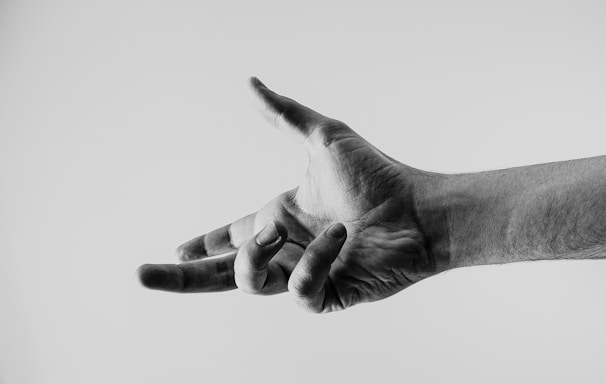
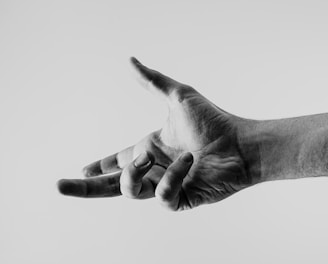
Face Transplant
Severe facial disfigurement can be emotionally devastating and it can cause extreme functional problems as well. Some patients can have difficulty opening/closing their mouth and/or eyes, they might lose their nose and/or lips, their hair, their ears. They might even lose their eyes. The outer ear is important to funneling sound waves into the ear canal. The lips are important for speech as well as eating. The nose is important for smell and taste. Odors can lead us to pleasant things and keep us away from harmful things. Eyes (if they remain) need to be kept clean, protected, and lubricated and this is helped via functioning eyelids. This said, the "face" is more than a cosmetic concept; it is very much a functional concept. For more info see this article.
Facial VCA is often used to treat severe burn injury (direct flame or electrocution), motor vehicle or machinery accident with degloving (removal of the face by pulling it away from the skull), animal mauling, or congenital tumors. Patients receive a complex set of new tissue from the donor, including skin, hair, nerves, muscle, blood vessels, fat, cartilage, and bone (for example, jaw and teeth). Because these tissues are placed over the bone structure of the recipient, the recipient DOES NOT assume the "look" of the donor. Nearly 50 face transplants have been performed globally. Dr Bramstedt was formerly a member of the Cleveland Clinical Face Transplant Team (2004-2007) working with Dr. Maria Siemionow.
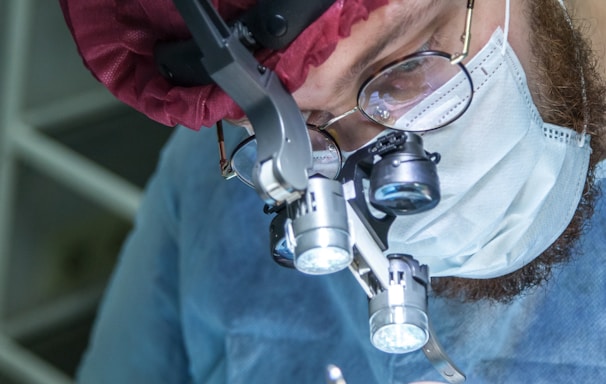
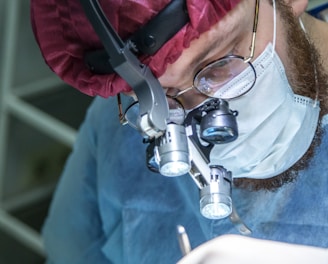
Uterus Transplant
Nearly 100 uterus transplants have been performed globally, with 49 births. Donors can be living or deceased. These are temporary transplants that allow immunosuppression to cease after the transplant is no longer needed. For more details see this article. Dr Bramstedt was an Ethics Consultant to the John Flynn Hospital Uterus Transplant Team (Australia) in 2015 -2016 as they attempted to create a uterus transplant program.
